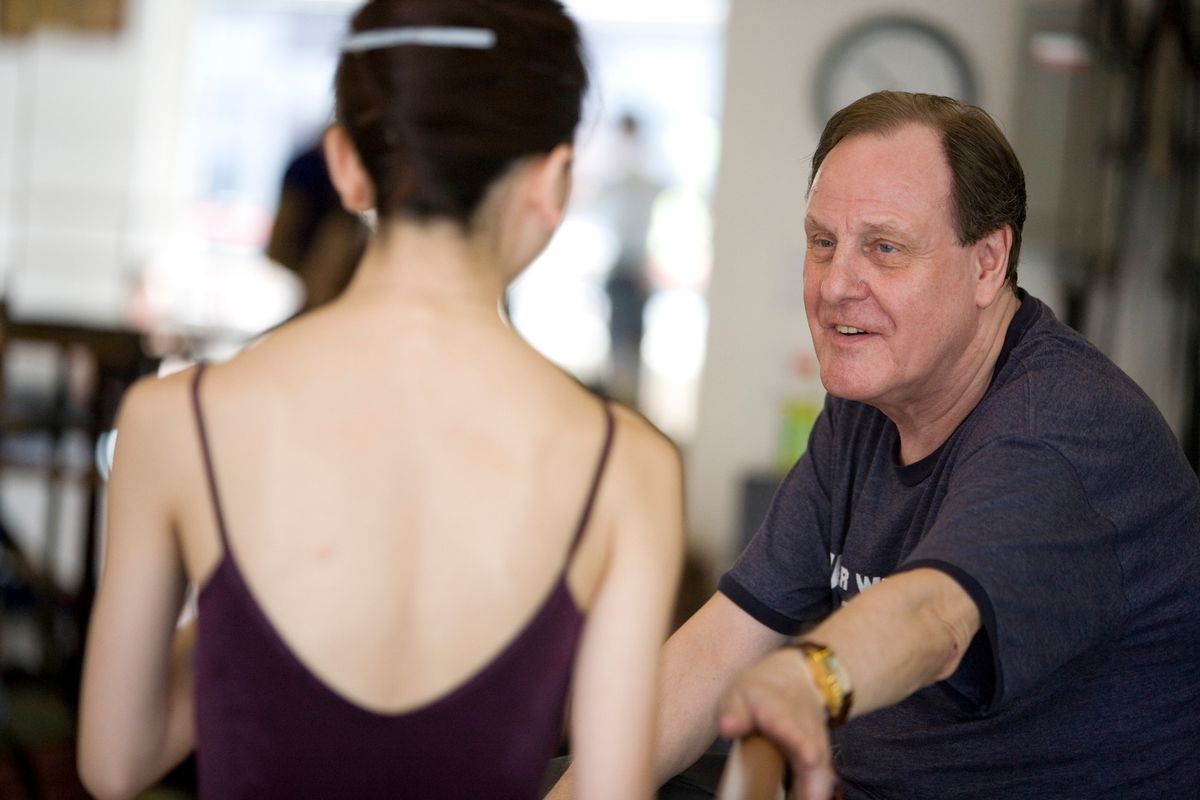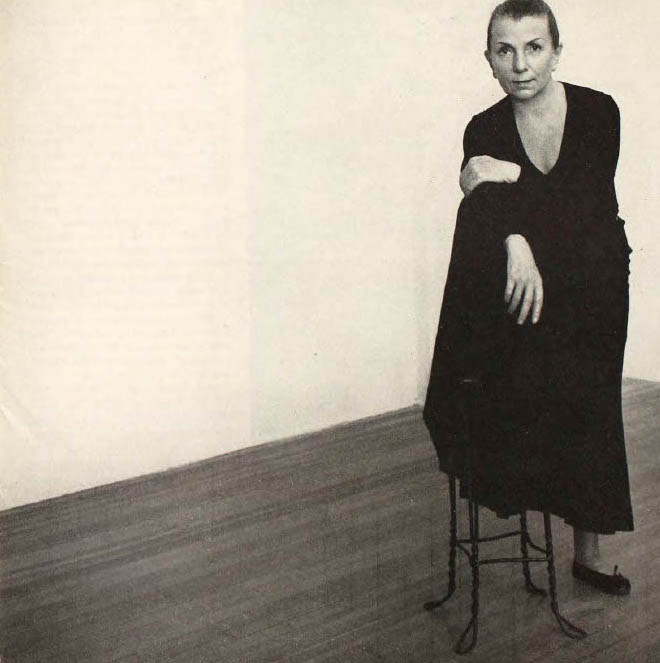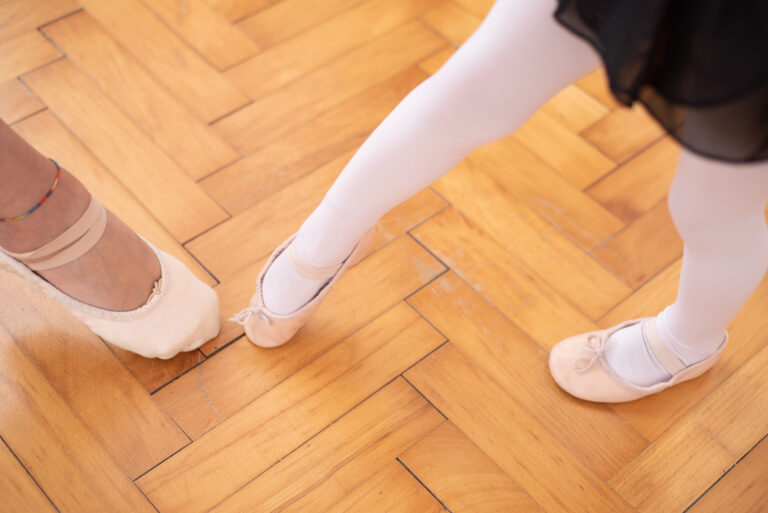
In fond memory of a legendary teacher, we wanted to revive some timeless wisdom David Howard shared with us back in 2001.
• Instead of talking to students for 15 minutes, put what you are trying to say in the steps.
• Give students a physical analysis to see the kind of bodies that they are working with. Look at the structure: the size of the head, the neck, the arms, the width of the hands, the length and width of the torso, the size of the hips, the length of the waist, legs and feet. Are they hyperextended or do they have bowed legs or tibial torsion? It is helpful to keep a file on students. What kind of exercises did you give the student? Did they work? What have you changed?
• To keep your teaching fresh, think about the way you put steps together. Teachers fall into familiar patterns in developing combinations and end up using the same kinds of steps in the same kind of order. For instance, if you work with the same group every day, give them a turning class one day. We talk about spotting but how many teachers give spotting exercises?
• Think about the kind of music that you use and try to vary the tempo. When working with CDs, teachers tend to use the same kind of music. Without an accompanist, you might do everything on a 3/4, and the CD isn’t going to say, “Hey, this is the eighth 3/4 you’ve used in a row, why don’t you do something on another time signature?”
• Study as much as you can. Learning more about music, anatomy and kinesiology will really open up your mind.
• A lot of what dance teachers say is very negative. Try saying, “I suggest you do this,” rather than “Don’t do that.” If you give the student possibilities, they won’t feel like they have failed.
• Watch other people teach.
• Make notes about what you do in class and refer back to them.
•To continue to grow as a teacher, you should go to as many seminars and watch as many videos as you can. There are also a lot of books that you can read and lots of performances you can attend.
• Take time to evaluate what you’re saying in class, and whether it’s working. Just because it worked for you as a student doesn’t mean it’s going to work for other people.
• Keep students curious by giving them new ideas all of the time. Rather than just repetition, give them information that they can work with.
• Your eye is your most valuable tool.
• The most important thing is to develop healthy human beings. Realize that not all students want to be professional dancers. Some are just doing it because they enjoy it and want to go on to something else.
• You have to establish emotional boundaries when you teach, just like a parent.
• Training a body in the healthiest, most efficient way should be your aim.




